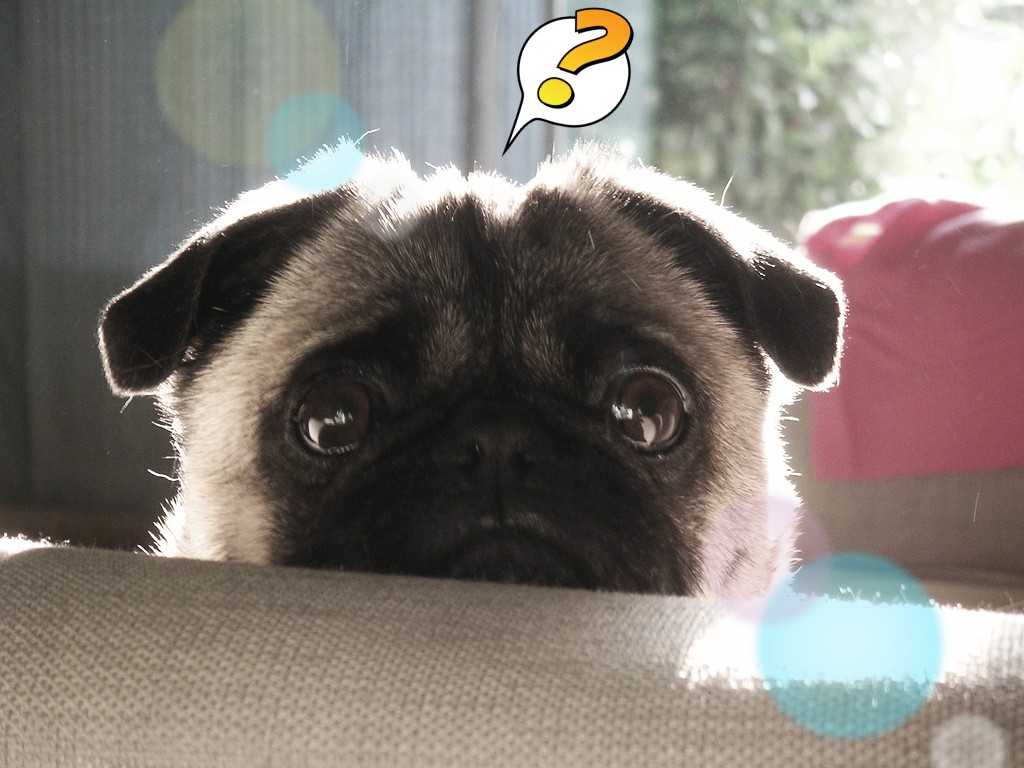Thou and Thee

Lately, the usage of though and thee, and thy and thine has become very popular again, not alone because of their usage in memes expressing that someone is “mighty fine and classy”.
Yet, how are these words even used correctly? And where do they come from? Fear no more. As soon as you read this article – and remember what we told you in it – you will sound classy as pug as well!
Where do they come from and what are they?
Originally, they derive from Greek and Hebrew words, but they were introduced into the English language early on. Thou, for example, was used in Old English (5th to 11th century) up to the 18th century, the age of Shakespeare.
Many Shakespearean texts still feature these pronouns nowadays.
All four words are so-called personal pronouns. That means they are representing or “stand for” a person that is referred to. In all cases, they belong to the 2nd person, aka what we know as plain and simple “you” or “your” today.
Thou and Thee
Thou = You
Thou is the nominative case of the personal pronoun, aka the subject form.
E.g. “Art thou surprised I love pugs?”
Thee = You
Thee denotes the objective case and form.
E.g. “I and my pug crave to meet thee.”
Thy and Thine
= your
Thy as well as Thine both express possession.
However, while thy is used before words that start with a consonant, thine is used in front of words that stat with a vowel.
E.g. “Thy pug is of respectable size.”
E.g. “Thine eyes almost sparkle as much as my pug’s.”

